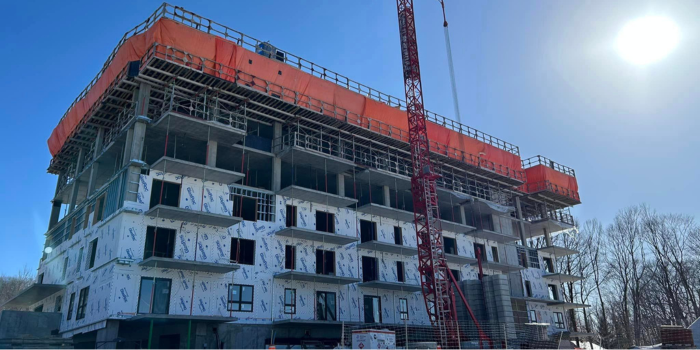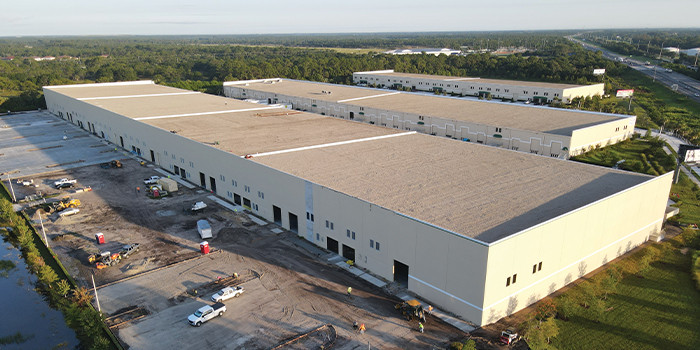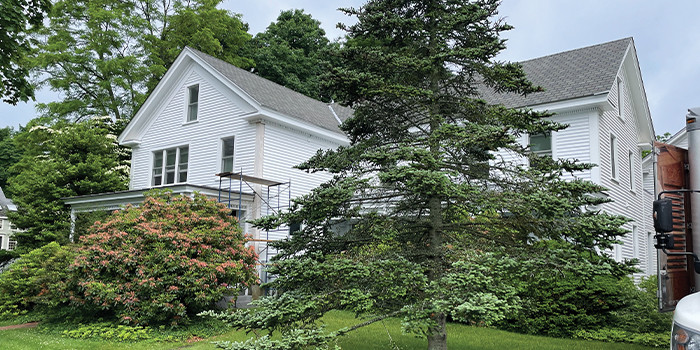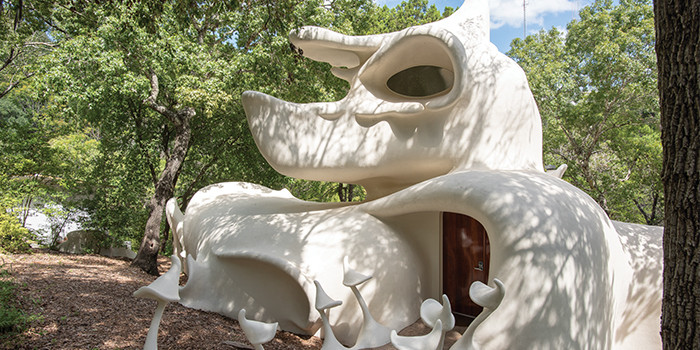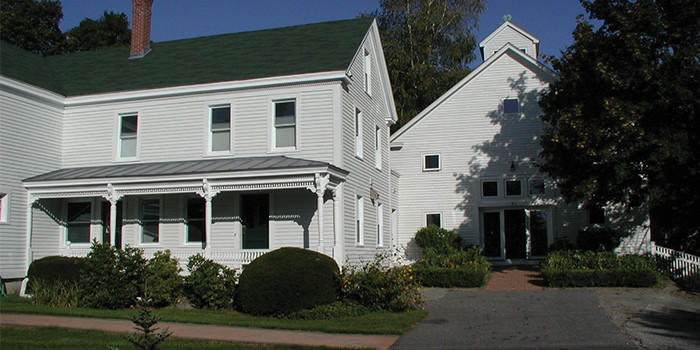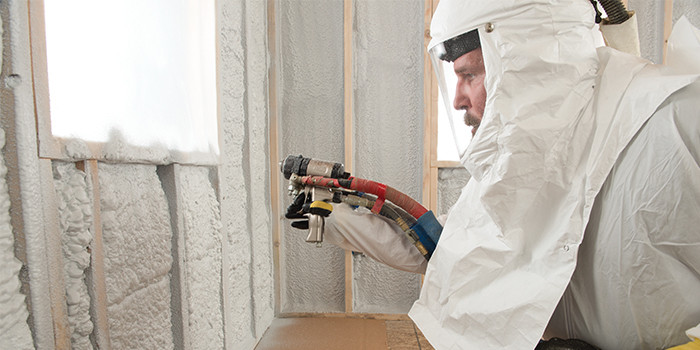Going to the Zoo
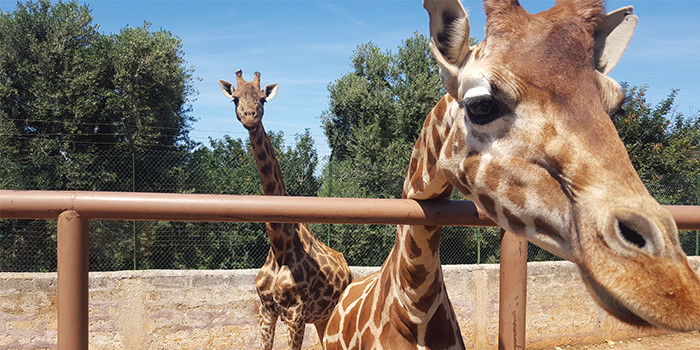

Spray Foam Magazine – Summer Issue 2022 – In the past, zoos were considered mere entertainment for people to observe animals they may not have had the pleasure of ever seeing in the wild. However, today most zoos recognize that the animal’s welfare is paramount and their living environment at the zoo should replicate their natural habitat as closely as possible. This includes both the aesthetics within a zoo’s enclosures, as well as comfort for all the animals.
Safe Snakes
Large snake enclosures, like those found at a reptile zoo, sometimes incorporate spray foam into their designs. Closed-cell foam has been applied on the sides and back of massive wood framed structures to help the enclosure builders with the structural integrity of the tank. A snake’s safety and contentment are key when considering any of these reptile projects. Secondly, it is important to create scenery that will make the snakes standout to the visitors.
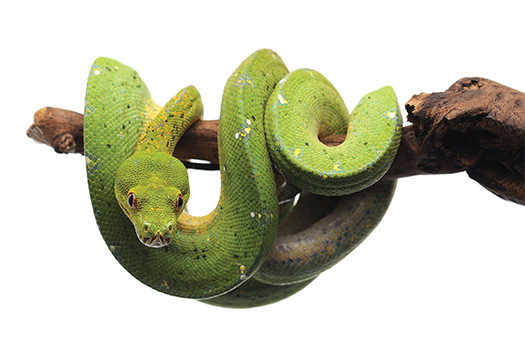
Spray foam is often used to help build backdrops for numerous reptile terrariums. The foam is sprayed onto a blank canvas, usually wood, and then carved and sculpted to mimic a snake’s natural habitat like logs and rocks. Imitation rock features are growing in popularity, whether it be for a terrarium, fish tank or water feature. These artificial rocks are molded from real rocks to replicate those found in nature. Many artificial rocks are lightweight and made from a combination of polyurea and polyurethane. Crushed rock and sand are also added to help provide a natural look. Once the mixture has been molded and becomes inert, it is said to be 100% safe in the tanks with these reptiles or fish. These imitation rocks are tough, scratch resistant and can handle all weather conditions from freezing temperatures to the intense summer heat. The outside of the polyurea is very robust, and it cannot be easily chipped or scratched, thus eradicating any potential harm to the animal.
Spray foam is also used to help fill voids within the enclosure or terrarium. In smaller spaces, this can be achieved with canned foam, but when spraying an enclosure, closed-cell spray foam is used to strengthen the structure and may also be applied to fill these voids.
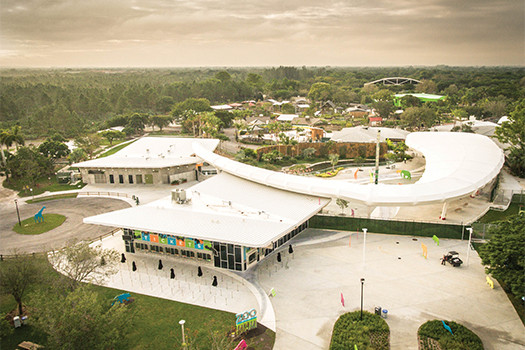
Zoo Miami in Miami, FL received a 50,000 sq.ft. roof restoration after a hurricane damaged the facility’s existing granulated roofs in 2017.
Noah’s Ark
Reputable zoos take conservation and the environment very seriously and maintaining the animals’ enclosure, including establishing a long-term roofing solution, is important to them. When updating or replacing the roofs in a zoo, it is subsequently taken into consideration that applying a protective coating will offer improved waterproofing and durability, helping to withstand all weather conditions.
When repairing a zoo’s roof, the process will include prepping the existing roofs by removing all the remaining loose debris and contaminants and pressure cleaning the roofs to provide a clean and stable substrate. Once the imperfections on the roof/s are repaired, the process of applying the coating can begin. If SPF has been applied in a roofing system, a protective coating is necessary to seal the roofing foam from the environment to help minimize damage.
When roofing foam is installed to the specified thickness and allowed to cure, an elastomeric coating is then applied over the foam surface (sometimes gravel or greenery is added in conjunction with a coating). The addition of the coating creates a weather-resistant roofing system that can easily be walked on for maintenance purposes.
Elastomeric coatings are almost always white or light-colored, with the most common materials being acrylic, silicone, urethane, butyl rubber, and polyurea. Physical properties, application equipment, installation procedures, and pricing vary depending on material. The coatings can be single or multi component materials that are spray-applied in two stages: basecoat and topcoat. Sometimes, the spray application process involves priming the foam surface or embedding granules into the topcoat.
Over time, even spray foam roofing systems require maintenance. Provided there isn’t any significant physical damage, maintenance usually involves cleaning, priming, and recoating the roof surface. Maintaining an SPF roof in this way should be done on average every 10 years to keep the roofing system performing well for decades.
As with most roofing systems, seasonal changes in temperature will cause SPF roofs to expand and contract throughout the year. So, it’s critical that the protective coating installed over an SPF roof is elastic enough to move with the foam. If the coating is too brittle, it will crack or delaminate, negating any protective qualities it might otherwise have provided. Look for the term “elongation” when consulting a material’s physical properties. Material suppliers can aid with choosing the proper coating material for a given roofing system and climate. Such roofing systems have been used in numerous zoos, not just in the U.S. but globally too. Helping keep these animals protected from the elements results in many happy tails.
Penguin Paradise
Penguins live in colonies with some populations being larger than the most populated city. These adorable birds can survive the severest of conditions, so it’s no surprise why people flock to see these cute, yet robust creatures when they get the chance. That’s why many zoos put a great deal of effort into making the penguin exhibition both striking to look at and comfortable for the penguins. Although they have wings, penguins cannot fly, but they are excellent swimmers, with the ability to dive to depths of over 250 meters. So, these penguin enclosure builds take this into account when designing their penguinariums.
Penguin habitats range from the bottom of the globe in Antarctica to islands near the equator. Also, some penguin species live in South Africa and Australia. However, many penguinariums concentrate on the penguins that live on the ice shelf of the Antarctic.
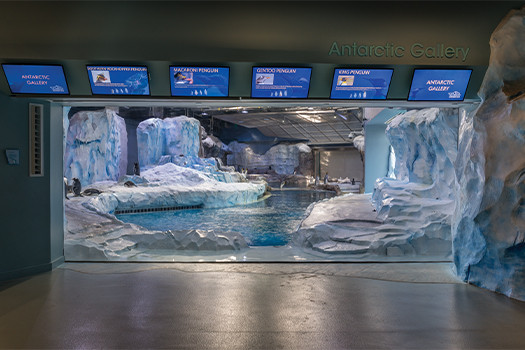
The foam insulation installed in the penguin enclosure at the Detroit Zoo in Detroit, MI helps to maintain 40° F water temperature and a 37° F enclosure.
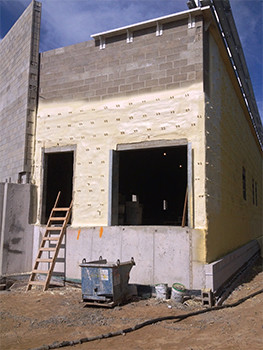
These penguins can deal with cold temperatures with the help of their outer feather overlapping to form a thick, waterproof layer in addition to a thick layer of fat under the skin acting like their own insulation. However, larger penguins find it easier to store heat that can result in overheating during the summer months. Hence, the penguinarium must remain in their near-freezing Antarctic comfort zone. It is essential to create an iceberg-like exterior with features like ice and rocks, and then applying the correct insulation so the birds stay cold and healthy.
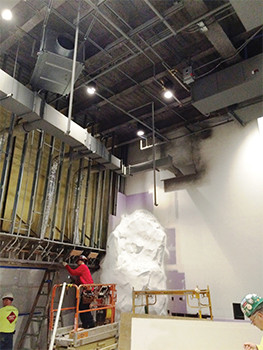
Spray foam is a great choice because of its original liquid form, making it easy to be applied to almost any shapes, like different sized rocks, which would then be sealed protection.
The penguinarium is where the penguins will be spending all their time, so temperature control is essential. The SPF would be installed at all perimeter masonry walls of the habitat and any adjacent management rooms to ensure proper insulation on all the various substrates.
The liquid form of spray foam allows it to fill every crack and penetrate the substrate when it is applied. It then expands as it cures in place to create a monolithic envelope. By installing closed-cell SPF to the required areas, the penguinarium has become a climate-controlled environment for unruffled feathers and lots of happy birds.
No Drafts for Giraffes
Giraffes are the tallest of all land animals with their six-foot necks and long legs. Their coat patterns are irregular brown patches on a light background with these incredible creatures truly being a sight to behold. A giraffes’ natural habitat is the grasslands and open woodlands of East Africa. In a zoo enclosure, they need space to roam around outside, but when the weather is cold or damp, zoos have the responsibility to keep the giraffes warm and dry.
Adult giraffes reach heights of 13-18 feet and weigh 1,200-4,200 lbs. A house provides an area for giraffes for shelter, eating and sleeping. All captive giraffes should be provided with a large enough house or barn for shelter from inclement weather. Giraffe houses are usually open plan or with a series of stalls or a combination of both. The size of the giraffe house and stall combination depends on the number and herd dynamics of the giraffe group being housed. The house should have room for all giraffes to lie down, get up easily, and move about. They should also have smooth surfaces with no jutting screws, bolts, or nails.
Giraffes should not be allowed out if the temperature is below 50°F, or when there is snow or ice on the ground. Closed-cell foam has been used to insulate these houses, securing the structure from the outside elements and transforming it into a climate-controlled environment. The expansive properties of spray foam can get into the tightest areas of the building, allowing it to completely seal any gaps or holes, which could potentially allow in the heat and humidity. Closed-cell foam also creates a waterproof barrier, which thwarts any moisture from getting through. It also helps seal out any rodents that may be attracted to the giraffe house.
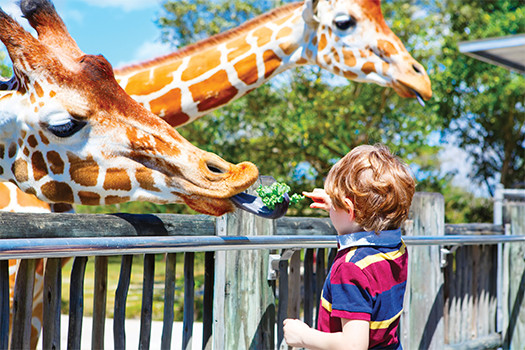
Giraffes are timid creatures so avoiding loud noises is also something the builders will take into consideration when designing a giraffe house. Closed-cell can minimize sound to a degree, but open-cell has been applied to giraffe houses in the past to help minimize noise. For example, a crew of SPF contractors in London, UK applied open-cell foam to the giraffe house at Chessington Zoo. Comparing the two types of SPF, closed-cell foam is denser and stronger, and overall, a great insulator. It is resistant to the transmission of air and water vapor, but it requires more chemical material per unit volume than open-cell. Open-cell foam, while offering fewer overall benefits, is a superb sound-deadening material and is still a superior insulating material compared to other insulators on the market. Both open and closed-cell foam provide comfort for these giraffes for a long happy life in their cozy houses.
It’s not just humans who can acquire all the benefits of spray foam insulation and waterproof coatings, animals at the zoo can do too!
Disqus website name not provided.



